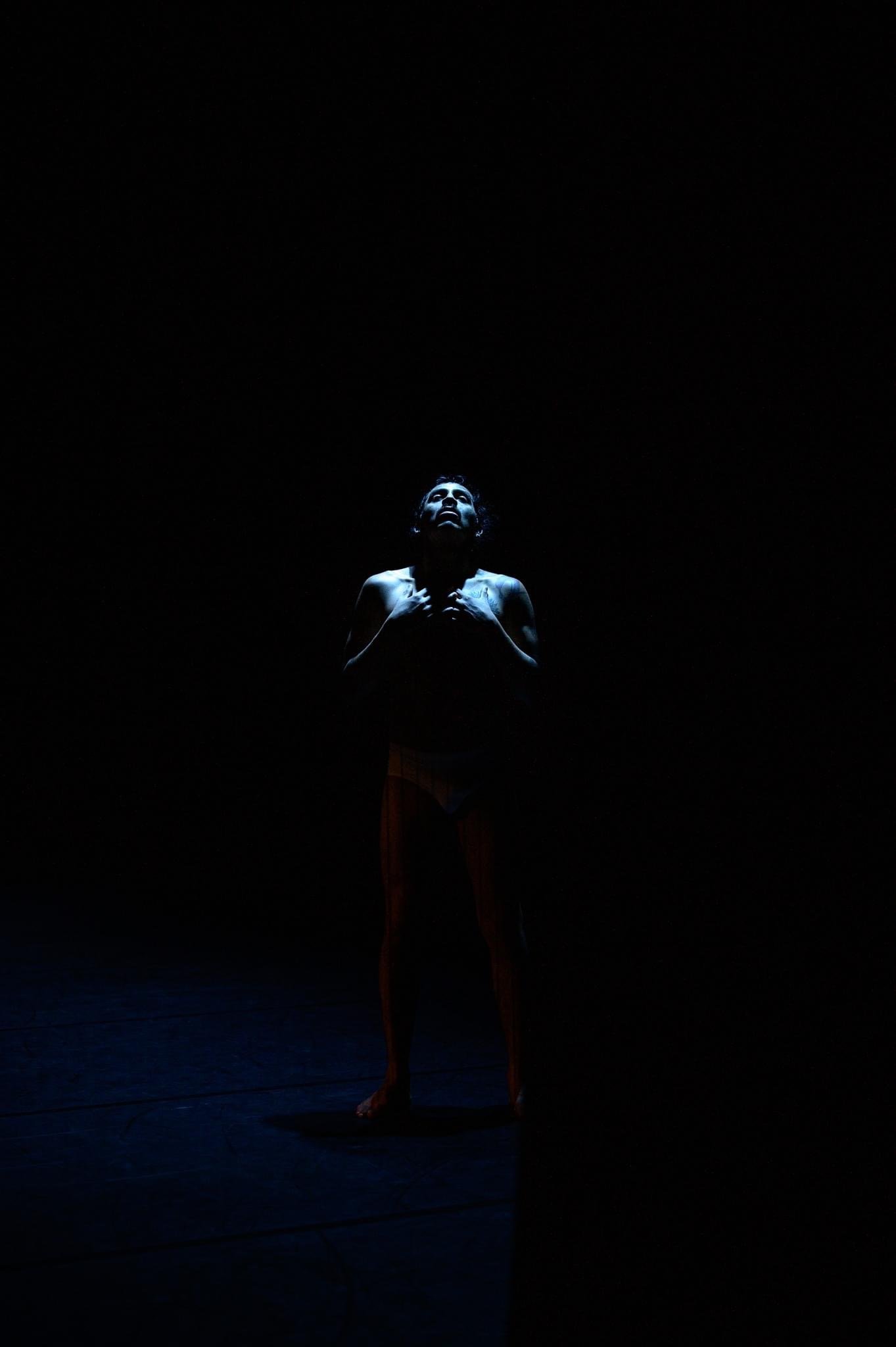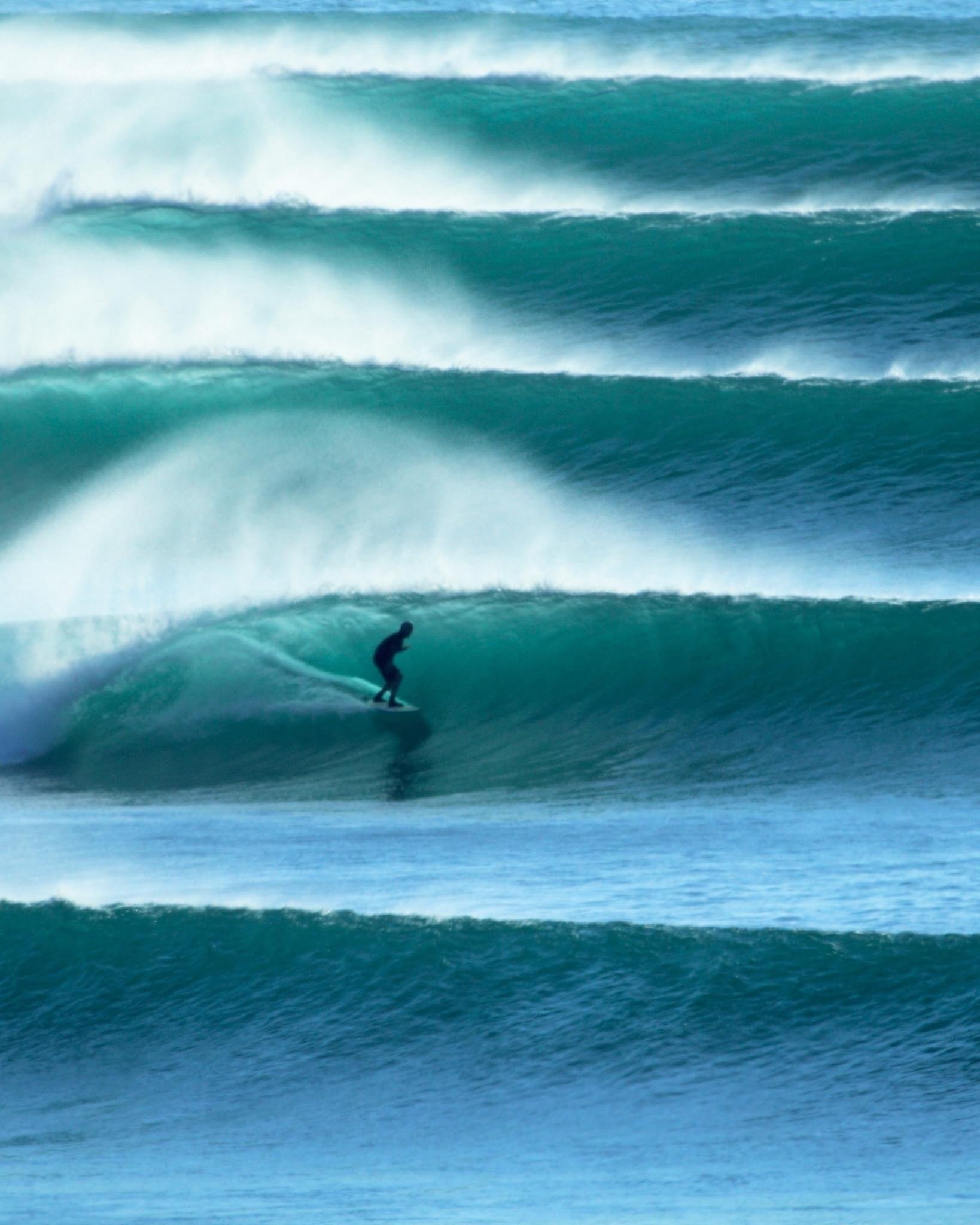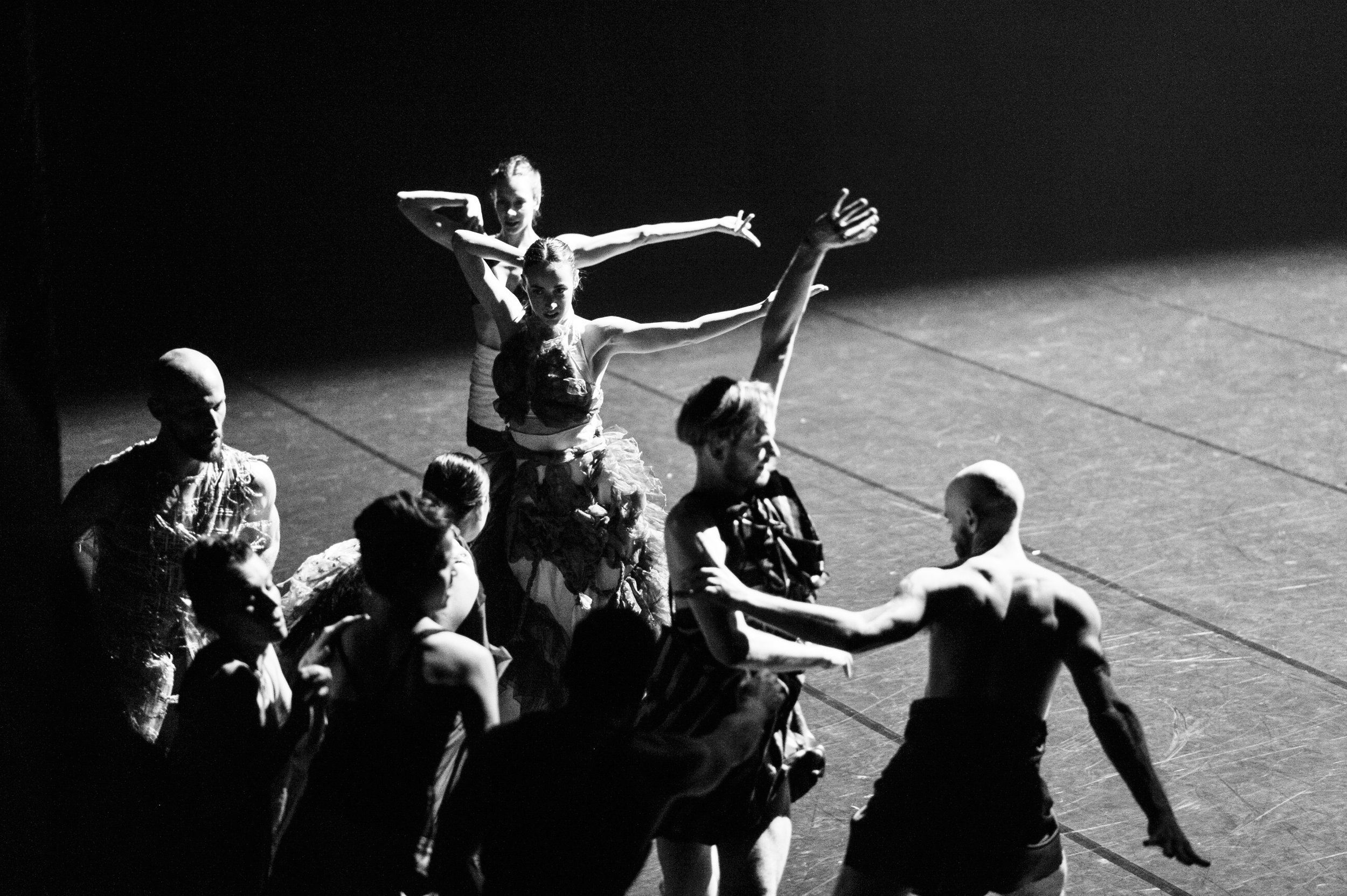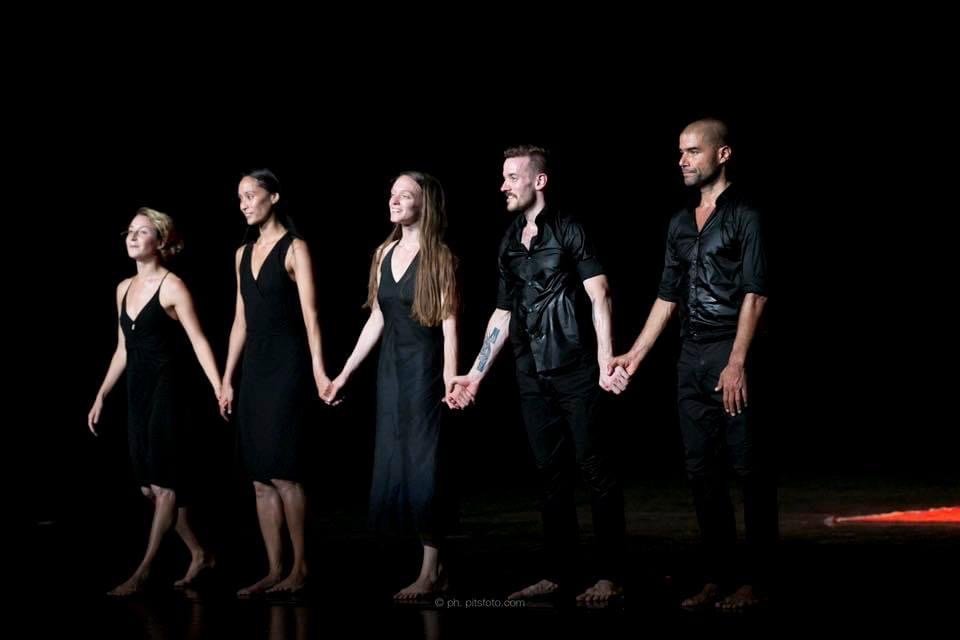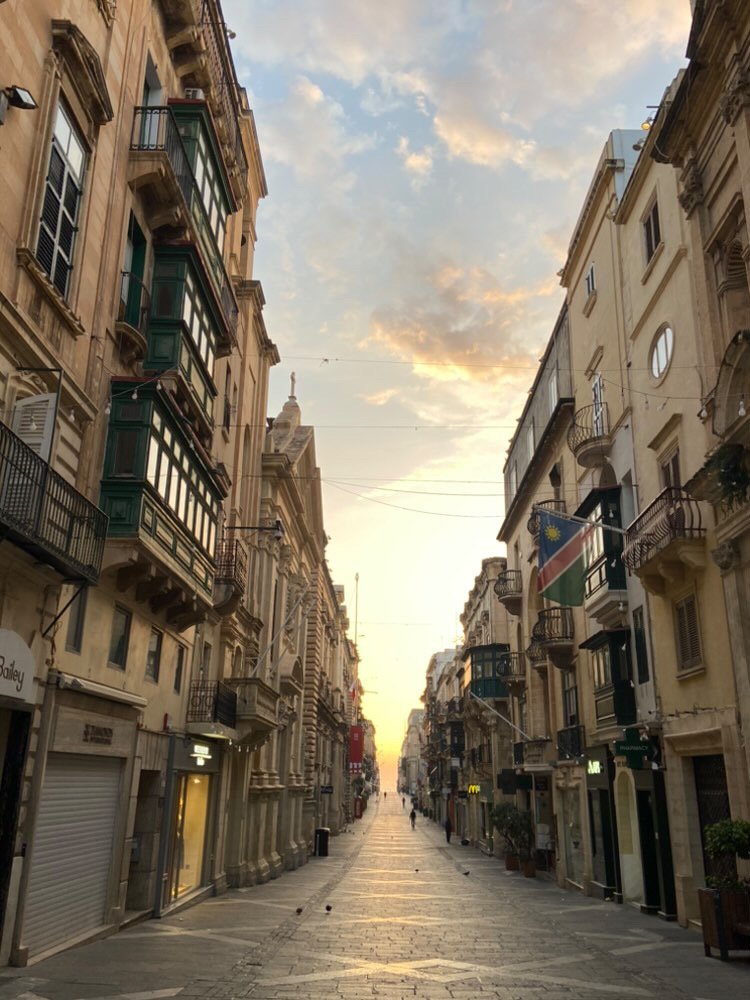Choreography, more than any other art form, entangles the method with the artifact. The artistic objects that choreography produces and shares, are eventually, its methods of creation being put forth.
When watching choreography, what you get to see primarily, is the method that was applied in order to create the work. Unlike visual arts, literature, poetry, or even the other real-time art forms like music, film or theater, in which the method can be easily erased from the final object created, hidden in ways that install a distance between the two, choreographic works can’t avoid exposing (wether intentionally or not) their creative method.
Almost to the point of arguing that choreography, is simply ‘creative method’ packaged and presented artistically.
There’s an inherent impossibility to hide the method in the context of a choreographic work. It’s the first thing that jumps to the eye, as well as the thing being contemplated by the analytical brain of the viewer (again, consciously or not).
There are different levels to this of course, and the readership of the viewer plays a big role, but in the end, a choreographic work, is creative methods being organized into a kinetic, immediate, live event, unfolding in real-time.
What ‘method’ means in the context of choreography (mostly as a result of the fact that the subject matter of choreography, is dancers, as in people, human beings) is first and foremost the way in which the choreographer/dancers relations and interactions are determined and carried out.
The models under which responsibility, creative ressources, decision making, power, etc are operating, pretty much determines the creative method being used, and eventually, they also become the primary material for the choreographic work (regardless of the creator intentions). No matter the story a choreographer is trying to tell, their ideas on esthetics, the themes they’re working with, the concepts at the heart of their process and so on, what will eventually emanate from the work stronger than any of the other layers of content and intentions, is the method with which it was made, which to a large extend, can be summed up as the type of model determining the choreographer/dancers relations.

